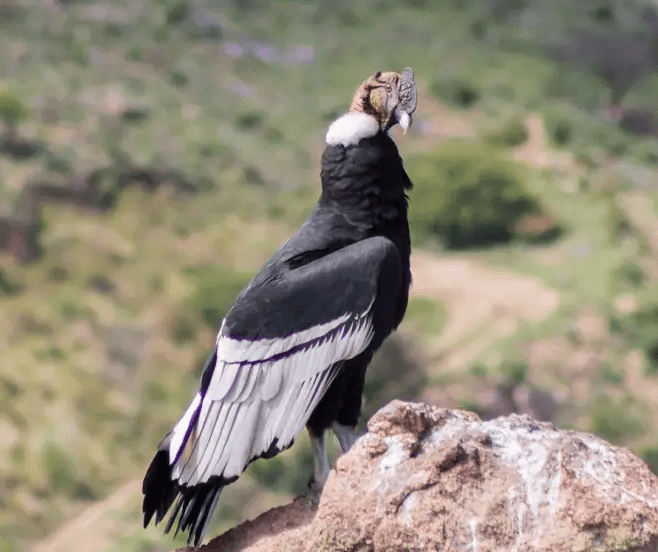Let's talk about Chile National Bird. Chile, a country in South America, is home to a diverse range of flora and fauna. Among the most magnificent and striking of these is the Andean condor, which also happens to be the national bird of Chile. In this article, we will explore the history, characteristics, habitat, and significance of this remarkable bird.
The Andean condor (Vultur gryphus) is a large, majestic bird of prey that belongs to the New World vulture family. With a wingspan of up to 10 feet, it is one of the largest flying birds in the world. Its distinctive black and white plumage and bald head make it easy to identify.
Brief history of the Chile National Bird
The Andean condor has been associated with Chile since the days of the Inca Empire. The Incas believed that the Andean condor was a messenger between the living and the dead, and it played an important role in their religious ceremonies. When the Spanish conquered South America, they adopted the Andean condor as a symbol of power and authority. In 1834, the Chilean government officially designated the Andean condor as the national bird of Chile.
Characteristics of the Andean condor
Physical appearance: The Andean condor has black and white plumage, a bald head, and a fleshy, wrinkled neck.
Size: It can weigh up to 33 pounds and have a wingspan of up to 10 feet.
Lifespan: The Andean condor can live up to 70 years in the wild.
Behavior: It is a social bird and often seen in groups. It feeds on carrion and uses its keen sense of smell to locate food.
Habitat and distribution
The Andean condor is found in the Andes Mountains of South America, from Venezuela to Tierra del Fuego. Its range also includes Chile, where it is most commonly found in the central and southern regions of the country. The Andean condor prefers to inhabit high-altitude regions, such as mountain ranges and cliffs.
Role in the ecosystem
As a scavenger, the Andean condor plays a crucial role in the ecosystem by cleaning up carrion and preventing the spread of disease. It also helps to control the populations of other scavengers, such as feral dogs and cats.
Significance to Chilean culture and heritage
The Andean condor is a symbol of strength, power, and freedom in Chilean culture. It is featured prominently in Chilean literature, art, and music. The bird's association with the Incas and its status as the national bird of Chile make it an important part of the country's heritage.
Threats and conservation efforts for Chile National Bird
Despite its cultural significance, the Andean condor faces many threats. Habitat loss, hunting, and poisoning from lead ammunition are among the biggest threats to its survival. Conservation efforts include captive breeding programs, habitat restoration, and public education campaigns to raise awareness about the bird's importance.
Conclusion
The Andean condor is a magnificent and iconic bird that holds a special place in Chilean culture and heritage. Its unique characteristics and role in the ecosystem make it an important part of the country's natural heritage. However, the Andean condor is facing significant threats, and it is up to us to ensure its survival for future generations. By supporting conservation efforts and promoting awareness about the Andean condor's importance, we can help protect this magnificent bird.
FAQs
- What is the Andean condor's wingspan?
The Andean condor's wingspan can reach up to 10 feet.
- How long do Andean condors live in the wild?
Andean condors can live up to 70 years in the wild.
- What is the Andean condor's role in the ecosystem?
As a scavenger, the Andean condor plays a crucial role in the ecosystem by cleaning up carrion and preventing the spread of disease.
- What is the significance of the Andean condor to Chilean culture?
The Andean condor is a symbol of strength, power, and freedom in Chilean culture and is an important part of the country's heritage.
- What are the threats to the Andean condor's survival?
The Andean condor faces threats such as habitat loss, hunting, and poisoning from lead ammunition. Conservation efforts are needed to protect this iconic bird.
